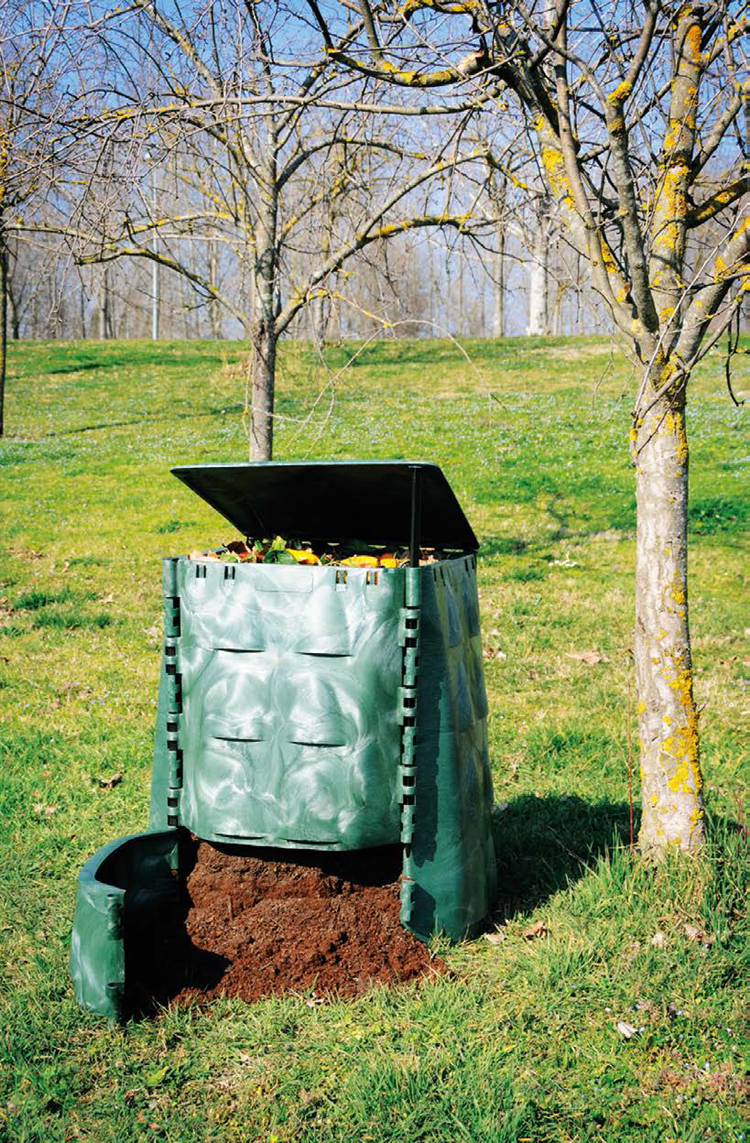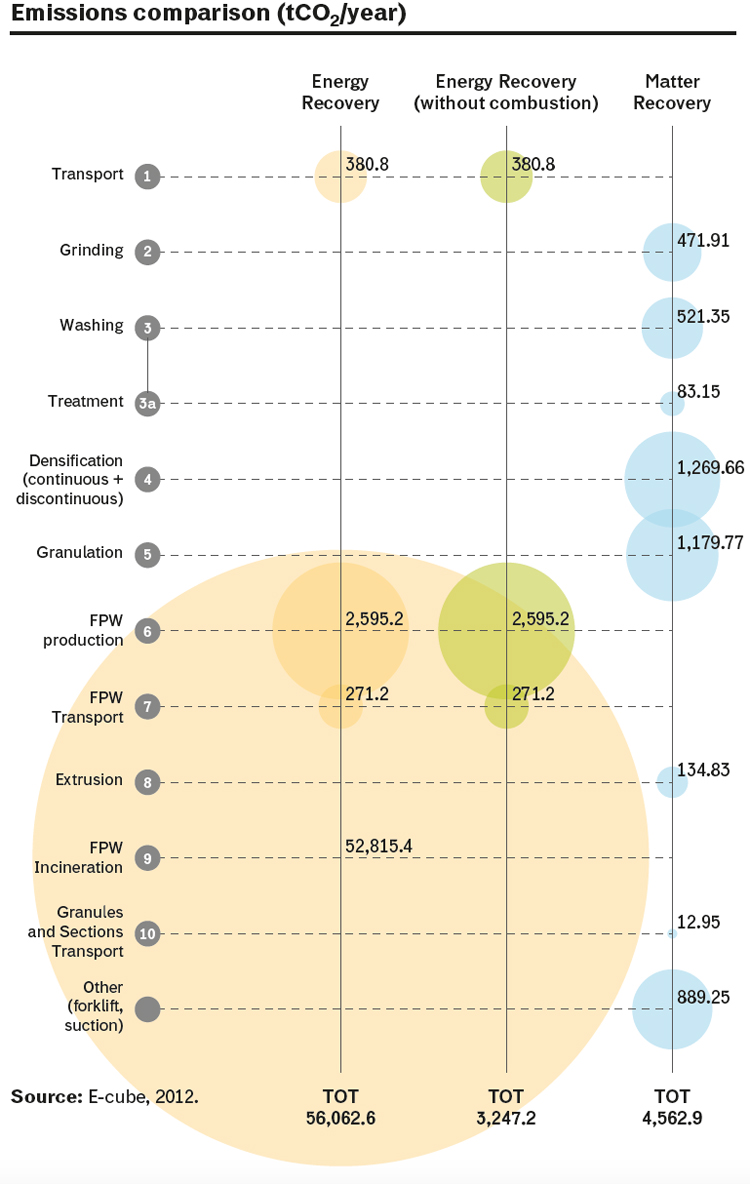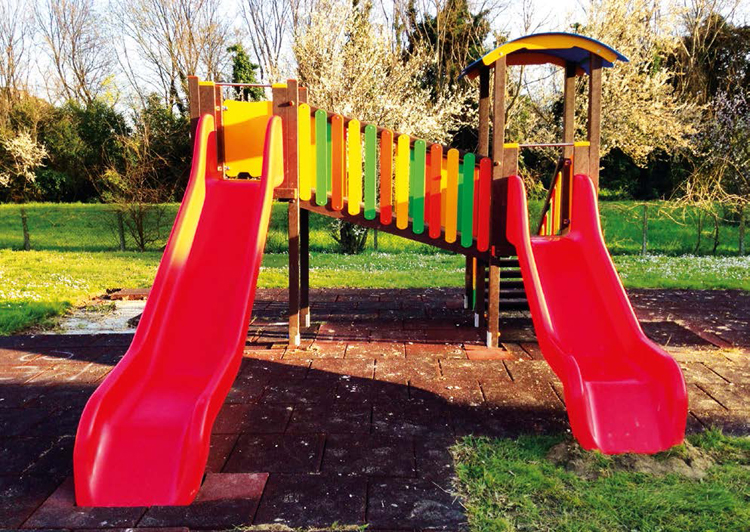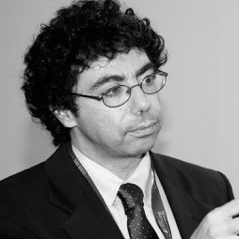Separate waste collection is similar to a football game. In the first half, the good is produced and consumed and then, if possible, it is sent to separate waste collection.
In the second half, the selection of the materials suitable for recycling, the recycling itself and the placing on the market occur. However, in Italy, we tend to look at the result already at the end of the first half and we pay less attention to what happens in the second half. In other words, we concentrate on the percentage of separate waste collection, while it is only when the secondary raw materials are placed on the market that we know who the winner is.
Revet Recycling is committed to make recycling win in the critical sector of plasmix, the post-consumer mixed plastics such as yogurt tubs, disposable plates and cups, punnets, cling film, net bags and carrier bags (55% of the total plastics used), which are the most difficult to recycle. In this way, we avoid plasmix to go down the road of energy recovery, as it almost invariably happens in Italy and abroad. “Our products are in high demand because the global economy’s engines – China being the leader – require large quantities of them” Alessandro Canovai, Revet Recycling Chairman explains. “The market is therefore strongly expanding and exceeds by far our production capacity of 15,000 tonnes a year. At the moment, we only process packaging coming from this region – adds Canovai – and let me underline the fact that our experience has a high technological value for the development of Tuscany. Today, the waste cycle managers in Tuscany and Revet’s members are fully committed to taking the whole LCAs of the recycling system to optimal and industrially-sustainable levels: as far as we are concerned, we endeavour to improve the development of the market potential of our products.”
Material Selection
In 2013 in Pontedera (Pisa), Revet Recycling opened a new production site where granules and, according to market demand, a densified substance which is a byproduct of the production process, are manufactured. This plant, which cost a little over €5 million, processes the plastics selected by Revet Spa, a company collecting 80% of Tuscan waste and that together with Refri SRL is one of Revet Recycling’s share holders.
In the initial selection, plastics are divided by polymer or sometimes by colour so that they can be sent to the relevant recycling channels through the Conai system, while mixed plastics are dispatched to Revet Recycling, which carries out a further selection according to polyolefin-based polymers (polyethylene and polypropylene).
“It is not possible to create a plant where any polymer is processed, because each and every one of them has different melting points and processing parameters” Emanuele Rappa explains, Revet Recycling’s CEO. “The selection of the material is twofold: the first one is dry, through optic selectors, and is carried out by Revet; the second, ours, occurs in pre-washing pools, where the heavier material sinks and is expelled from the production process, while the lighter one, which floats, can be recycled. The recycling process is calibrated on polyethylene and polypropylene-based polymers and the chemical-physical composition of the end product has a good tolerance level. Suffice it to think of our Refill 14 granule, made on average with 10% of propylene with a 5% tolerance and with 55% of low-density polyethylene, with the same 5% tolerance. A 5% tolerance margin for such products, from mixed plastics recycling, is a remarkable confidence interval. One of the company’s most impressive achievements over the last two operational years has been the standardization of the product placed on the market: clients purchasing Revet granules know that the variations from one month to the next will be negligible.”
 |
|
Three-time sustainable composters: they help to reduce waste management and to produce compost to be used in vegetable gardens and parks without using virgin polymers.
|
The Production Process
The time elapsed between Plasmix entering the production process and the end granule is 45 minutes, with slight variations according to the characteristics of the source material. The production line has a linear development of about 120 metres and is able to process between 1,500-2,000 kilos of plasmix per hour, a total of about 15,000 tonnes a year. In sum, the production process of granules can be divided in four phases: crushing, washing, heating and drawing.
In the first phase (crushing) plastics are loaded onto a conveyor and are processed by two twin crushers, fragmentizing them into pieces smaller than two centimetres. Then, the material is dipped into a first pre-washing pool, where it gets rid of the heavier fraction (debris and polyester) while the floating part is sent to two centrifuges separating material from washing water and solid pollutants and finally into a proper washing pool for purification. The heating phase is carried out through two centrifugal driers and two presses, to wring the material out even more. From here, plastics enter a densifier where the melting temperature reaches about 200 °C, producing a sort of toothpaste. Lastly, after going through a final filter removing further impurities, the melted material is drawn into spaghetti, then cut by a rotating blade.
“The process is anything but simple and requires a series of secondary equipment in conjunction with primary ones” Emanuele Rappa explains. “In particular, a water purifier is involved in the process. Part of the water is reused in the production process and part is discarded. But the most innovative element of our industrial process is not so much represented by the machineries but rather by the know-how we have developed to obtain the end product. In particular, I am referring to the types of materials we use to feed the plant and to the ratios to make the mixtures. We boast last-generation equipment: just a few months ago we purchased a new extruder – the heart of the production cycle – from a leading manufacturer in Reggio Emilia. Italy holds the world record for excellence in mechanics applied to recycling of materials.”
Ten Times Less Greenhouse Gases
Before creating the production plant for granules from plasmix, Revet had commissioned to a third party (E-cube) the calculation of the ecological footprint of the two mixed plastics processes can face: mixed plastics recycling (as it occurs on Revet Recycling’s site) and the dispatching of such plastics to energy recovery. From the assessment, it emerged that recycling entails climate-changing emissions ten times lower compared to energy recovery.
Taking into consideration the combustion phase, the total emission linked to the “Preparation to energy recovery” scenario (fuel production from waste, FPW) are 37,358.8 tCO2e/yearly (2,400 kgCO2e per tonne of treated waste), while in the “Matter Recovery” scenario (granules and sections production), emissions amount to 4,585.6 tCO2e/yearly (290 kgCO2e per tonne of treated waste). Exactly 12.3% compared to those produced by energy recovery.

The End Products
Revet Recycling does not produce generic granules, but it manufactures a variety of mixtures, defined by the needs of its clients. The price of the end product varies considerably because it depends on the type of products, if it is coloured or not, or by the purchased quantities. “One of the first experiences that comes to my mind is with the Tuscany-based company Roofy. With our granules they make products for the building industry, such as light covering materials suitable for making or renovating any type of rooftop, gardens, with tiles for walkways and outdoor areas paved with Roofy Floor” Rappa says. “We have developed a product able to meet the needs of the building industry applications: it must not discolour in the sun and must withstand extreme cold or hot temperatures. The fact that these products can also be found in the large-scale retail trade, in the Leroy Marlin retail stores, means that the end consumers are interested in recycled goods.
“Another important project was the collaboration with Piaggio. On this occasion, our polymer has been used, in conjunction with others, to make some parts (internal as well as external) of a hybrid scooter: saddle holder, shield, filter holder, registration plate holder, top box and pedals. It has been a significant collaboration, even if it has now ended, thanks to which we showed that starting from adequately-processed mixed plastics we managed to obtain a mixture able to meet the highest technological standards.”
Revet Recycling has been collaborating with Sei Toscana for a few months now. It is a company dealing with Southern Tuscany’s waste collection (Arezzo, Grosseto and Siena), in order to make electric vehicles used in the waste collection in these cities’ historical centres. “With such a project we have come full circle: citizens see before their eyes how the plastics they had previously collected have been used.”
Besides granules, on request, Revet Recycling can produce a densified substance, a by-product of the procedure. It is the material coming out of the production process before granulation: it is employed to make sections in all shapes and sizes, used as a replacement for wood to create city furniture. This production niche enjoyed some success a few years ago when the previous Regional Committee of Regione Toscana opened two bids for tender to fund the purchase of recycled-plastic city furniture. “We hope that the new regional committee will carry on in this direction,” Rappa explains. “Local authorities in Tuscany are particularly sensitive to public administration’s green purchases compared to other regions, but not enough. The Tuscan Municipalities’ interests are still random and I think it is important that local authorities have this kind of awareness because they are amongst the most important figures in charge of separate waste collection and they have a duty towards citizens, so they should be the first to purchase products made with recycled materials. As to the legal aspect, it would be necessary to take action on those materials, such as plasmix, more difficult to recycle. While Pet is a material that has been recycled for years and does not need incentives, plasmix recycling is instead in great need of incentives, exactly like it happened with renewable energies. In Italy mixed plastics recycling suffers some distortions that go the opposite direction compared to what stated by European institutions, that favour matter recovery as opposed to energy recovery.”
 |
|
Sustainable and short-distribution-chain public parks in Tuscany: the park furniture is made with mixed plastics obtained through separate waste collection in Tuscany and recycled by Revet Recycling.
|
Openness towards Foreign Countries
Today, half of Revet Recycling’s production is sold in Italy and the other half is exported, mainly to the Far East and Europe.
“We have an important client in China, a large industrial company with a very diversified production” Rappa adds. “People often think, wrongly, that Chinese companies pay little attention to quality. But our Chinese client chose us also for a series of chemical and physical analyses that accompany our supplies and every month they crosscheck our analyses on our products.”
“Currently – Alessandro Canovai explains – we operate at international level to try and reach markets with a strong demand for our granules, with better purchasing prices. This led us to carry out some commercial scouting. Revet Recycling’s ambition is to embrace foreign markets, but first of all we have to sort out a few elements internally: the production plant was created two years ago and the industrial figures have to be measured over the long run. It is vital for us to keep on investing in Research&Development,” Canovai concludes. “The research phase, funded partly by Regione Toscana, culminated in the creation of the Pontedera production plant started in 2010, an ongoing project thanks to the collaboration with the Universities of Pisa and Florence.”
Info


